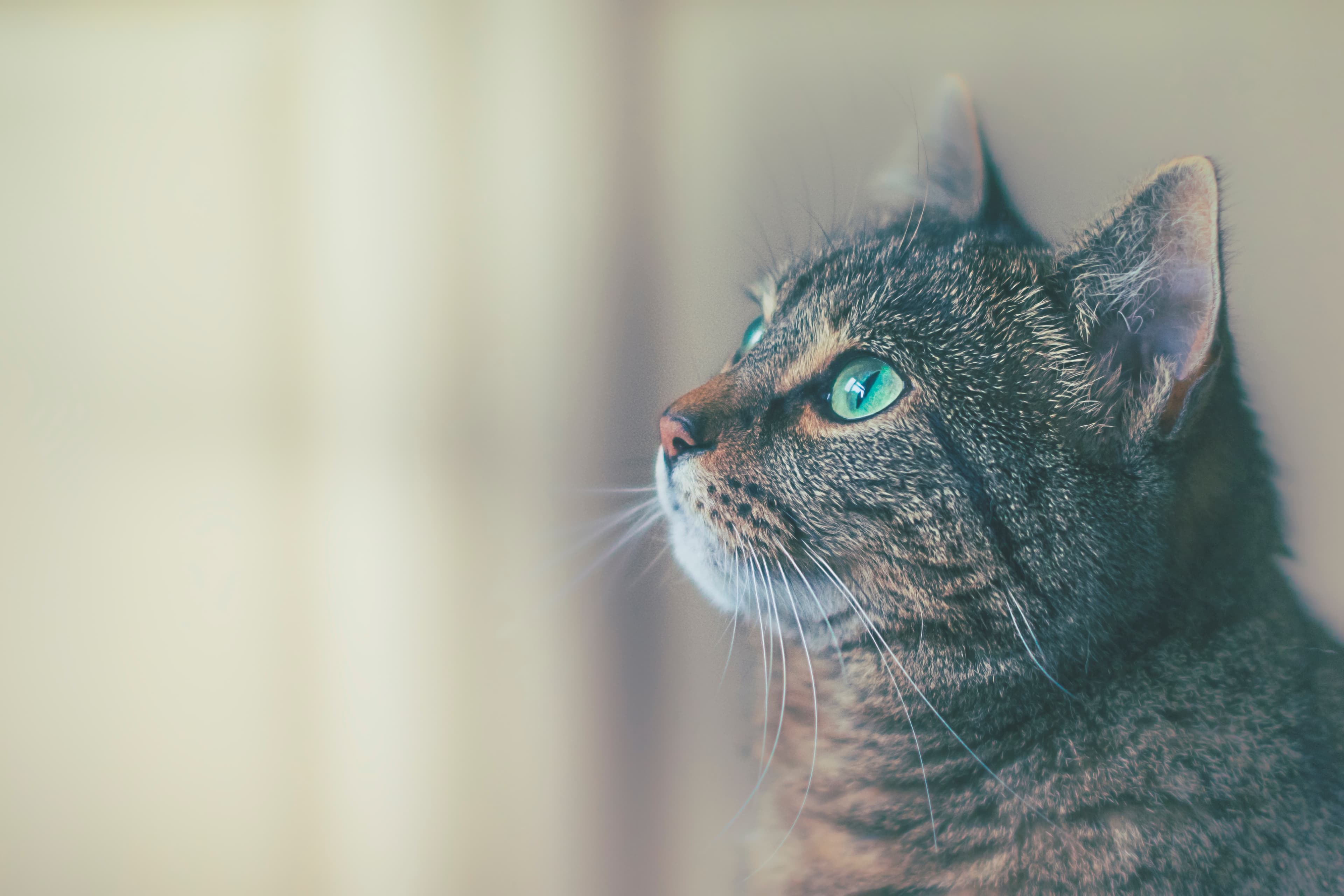
Back to Cat Insider
Cat Needs

Don't know your cat's breed?
Get our DNA kit!
Why do cats sleep so muchRead more
Discover how much sleep cats need, why they sleep so much, and the impact of their sleeping patterns on their overall health and well-being.

What Do Cats Think About All Day?Read more
Cats have been with us since time immemorial. The expression of the cat's face is not as expressive as that of a dog, so the owners want to know what their pet is thinking at the moment and whether he is thinking at all.

Kitten-Proofing Your HomeRead more
Is it necessary to kitten-proof your home before you bring the one to nurture? Yes, kittens need special care, including safety and providing a peaceful, friendly environment. Moreover, if you plan to bring a kitten into your home, you must be more careful with household furniture, accessories, and plants.

